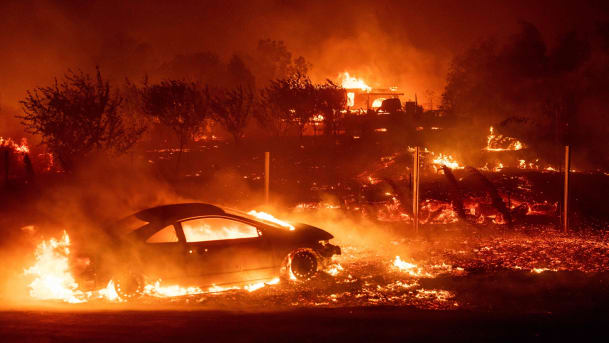
I wrote this blog while California was burning and then I pressed pause while I thought more about the work I’m supporting on women’s climate resilience.
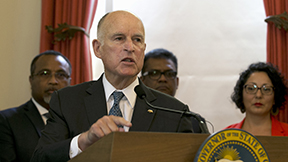
The Global Climate Action Summit hosted by Governor Jerry Brown in San Francisco in September this year brought together heads of companies, governments and NGOs to galvanize accelerated action to prevent dangerous climate change and realize the historic Paris Agreement including reaching net zero emissions by midcentury.
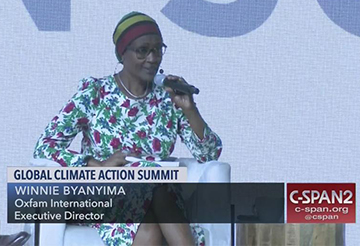
On one of the plenary panels, after male company heads had spoken about their own commitments to carbon offsets and shifting from plastic based to plant-based materials, Winnie Byanyima, Executive Director of Oxfam International, was asked what we need to do. She was quiet and then she said “Climate change is a political issue, not a technical issue. It’s a question of justice and fairness.” “It would take my grandfather, who lives in Uganda, 129 years to emit the same carbon as the average American citizen,” she said. “The emissions that are damaging our planet are being produced by rich people, but the repercussions are hitting poor people the hardest.” And while poorer and less industrialized countries are making commitments to cleaner and renewable energy, that won’t make up for emissions coming from industrialized countries.

The summit was an ambitious international event, involving corporations, NGOs, local and national government representatives and with a requirement from speakers that they announce commitments while up on stage at the summit to ensure a focus on action in the face of a fast-changing climate. The dominant message from many who spoke at the summit seemed to be that the Paris targets can be achieved while increasing profits. While there were some side sessions focused on women and climate change, there was little reference to the gendered impacts of climate change by those speaking at the plenary sessions.
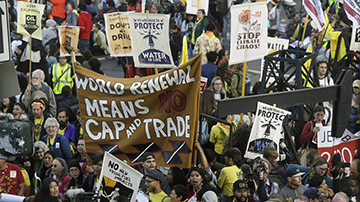
Outside the summit protesters and Indigenous leaders were out in force chanting a demand to keeping fossil fuels in the ground.
Only two months after the Summit, the Camp Fire bushfire erupted in California on November 8th. It was the deadliest and most destructive wildfire in state history, where at least 85 people died, the fire destroyed more than 9,800 homes and scorched 149,000 acres. The dramatic footage captured by Brynn Parrott Chatfield while her husband drove them through the fires to safely gave a sense of its immensity and devastation.
Animals are also profoundly impacted by climate change. I was moved by the story of Madison, an Anatolian shepherd mix as he waited at the site where his owner Andrea Gaylord’s house had been demolished in the bushfires.
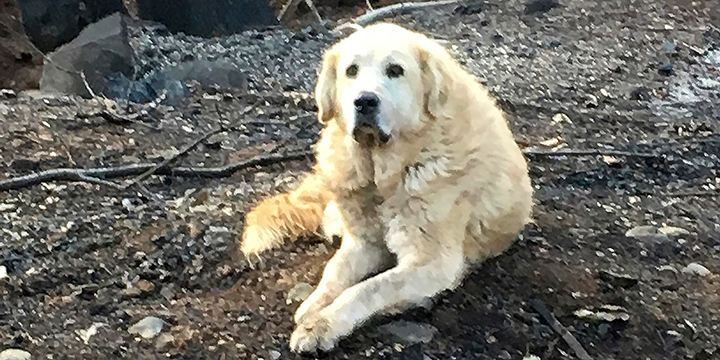
Madison refused to leave the burnt grounds, even though he was burnt himself, and his elderly owner asked a woman to feed him until she was allowed back to visit, a month later.
Just as the bushfires in California were finally being brought under control, over 120 bushfires were blazing in Brisbane, Australia where I was speaking at an event.

There are converging mega-trends that are impacting the world in rapid and devastating ways. Climate change is arguably the biggest issue of our time and the flow on effect of environmental disasters and forced migration are colliding with the impact of other trends including shrinking and ageing populations, a rise in mega cities and urbanization and escalating health crises fueled by population growth and pollution. The gender implications of these trends are profound and being able to assess and advocate for the strategies and solutions that will make a difference is critical.
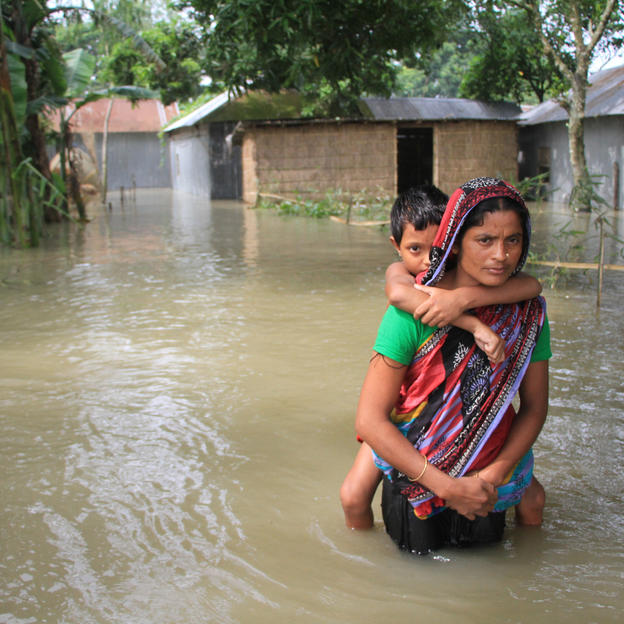
During the 2004 Asian Tsunami, for every man and boy who died, three women and girls died, for cultural reasons such as they didn’t know how to swim or didn’t think they could leave their homes without their husband’s permission, or because they weren’t appropriately dressed.
Earlier, for the 1991 cyclone and flood in Bangladesh, the death rate of women was almost five times higher than that of men. Warning information was transmitted by men to men in public spaces but was rarely communicated to the rest of the family. As many women are not allowed to leave the house without a male relative, they perished waiting for their relatives to return home and take them to a safe place. Moreover, as in many other Asian countries, most Bengali women have never learned to swim, which significantly reduced their survival chances during the flood.
More women than men died during the 2003 European heatwave. In France, most deaths were among elderly women. During Hurricane Katrina, most of the people trapped in New Orleans were African American women and children, the poorest demographic group in the US. Extreme weather events often create conditions conducive to outbreaks of infectious diseases that disproportionately impact women due to their water collecting and cooking activities, making them vulnerable to contaminated water and spark fires in drought zones. In refugee camps, women and girls are exposed to higher risks than men, including through conflict over scarce resources. Compounding this, social strains in such situations aggravate stress levels in the family, which may result in increased incidences of domestic violence. Between 2008-2014 150 million people were displaced due to extreme weather. 80% of these people were women (UN figures).
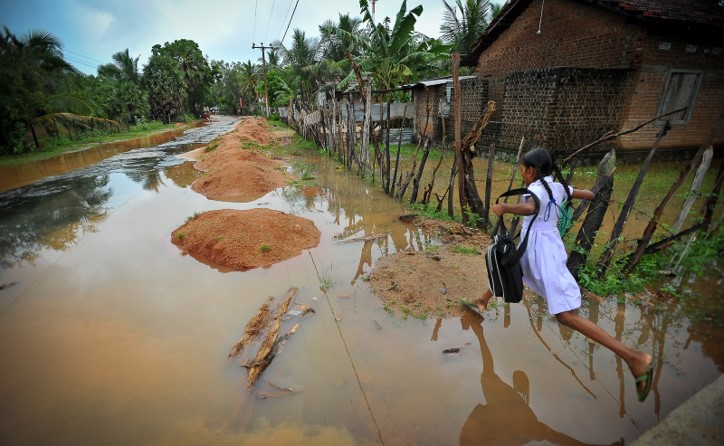
In some situations, men are disproportionately vulnerable: there were more immediate deaths among men when Hurricane Mitch struck Central America, because they were engaged in open-air activities, and because they took fewer precautions when facing risks. Gender norms and stereotypes also place boys and men at risk as well after climate induced disasters. For instance, men are often expected to show strength and not cry or show their grief and distress. This may prevent them from seeking psychological help when they need it after they’ve had a traumatic experience.
Higher rates of pollution caused by fossil fuels including coal are also having a tremendous impact, both in poor communities in the United States and in the rest of the world. 16% of all deaths worldwide have been linked to climate change and pollution according to a Lancet Report last year, and premature births caused by air pollution represent a sizeable number of these deaths.

Due to the gendered effects of climate change and the disproportionate impact on women, engaging women as strategists and solution builders is critical to ensure better outcomes. In Fiji, women are engaged in designing and constructing flood proof homes as part of a Habitat for Humanity project there. In the Carteret Islands near Papua New Guinea, women were actively involved in negotiating access to new land and livelihoods in Bougainville and in arranging the relocation of their whole community when their island was sinking due to climate change. In Nepal, immediately following the earthquake, women’s groups came together to establish outreach circles to ensure help was provided to the most vulnerable and isolated people and communities including protection from violence and trafficking. Grandmothers are being trained as solar engineers at Barefoot College in India so that they are the green solar wizards in their community. In other countries, women are leading Right to Breathe movements in response to growing pollution caused by greenhouse gases and to demand policy reform to protect lives. One of the things The Asia Foundation is doing is supporting women-to-women early warning networks in areas of Bangladesh that are flood prone to ensure that women are leading alerts and engagement of women on the ground. In the Pacific, Fem’LINKPACIFIC has created a Women’s Weather Watch system as a similar women-led early warning system on climate induced disasters.

Sometimes it can feel overwhelming in terms of what we can do as individuals, however, there’s a lot we can do with the choices we make in what we buy, in how we invest our money including pension and superannuation funds, in what we advocate for and in the organizations, we choose to support and fund. I attend a tiny Episcopal church at the top of the hill in Sausalito – the church where Jerry Garcia from the Grateful Dead got married and so it has an activist tradition. I asked the Rector, Fr. Chip Larrimore, how I could influence the 79th General Convention of the Episcopal Church in the US and get a resolution passed that would commit the church across the United States to a gender inclusive climate policy. This was only a week before the convention took place.

Chip Larrimore introduced me to a woman who had over a decade of experience in writing successful resolutions for the church and she shared some samples with me. I wrote a draft and it went through several edits, including with the Bishop of California, and the Resolution not only passed, those advocating for it ensured that it passed with the strengthened resolve of asking all congregations to commit 0.7% of their budgets to the sustainable development goals. It’s an example of how one person can influence a nation-wide policy of a church that has massive influence, reach and resources. You can see the final Resolution here.
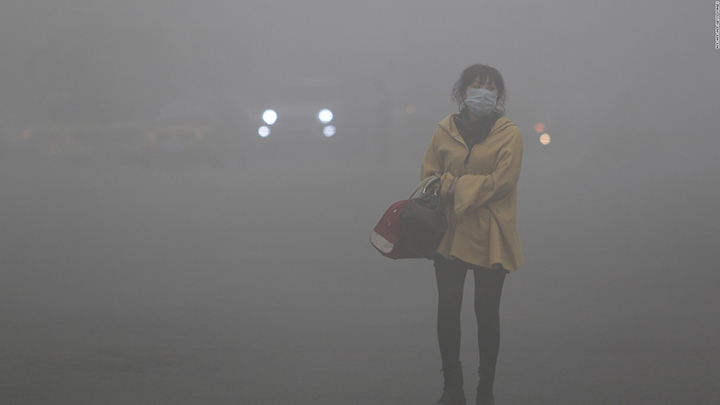
The demand for breathing masks in San Francisco during the Camp Fire bushfires skyrocketed. Breathing masks are used regularly in Asian countries, especially in India and China, which brings home how huge the issue of air quality is and why the Right to Breathe movement is growing so rapidly. New research has now shown evidence of tiny particles of carbon, typically created by burning fossil fuels, in placentas. Scientists at Queen Mary University of London, UK found that particles of air pollution travel through pregnant women’s lungs and get lodged in their placentas. There is also known to be a greater risk of women contracting cancer because of sustained exposure to high levels of air pollution. There’s much more to do in addressing social norms that curtail women being able to escape the impact of climate change. This includes women being able to learn how to swim. As someone who loves swimming and anything to do with the water I feel passionate about others knowing how to swim. When I arrived in Australia in December, I read an exquisite article, “The Swimming Chair” by author, Tim Winton, about his mother teaching him how to swim and how the roles are reversed as he supports her to swim due to her ageing body making it difficult now.
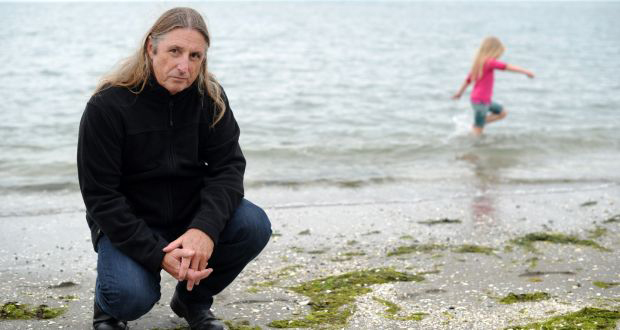
It was therefore with a degree of amazement that I encountered Tim Winton in the lift of my hotel a couple of days later, carrying a folder on Ningaloo Reef which is again under threat. “Tim Winton! I’m here from San Francisco. I just read your article on your mother and swimming in the weekend paper. THANK YOU for your writing!! THANK YOU for your life!!!” The two other men in the lift were laughing as Tim Winton gave me a wan smile and looked immensely relieved when the lift doors opened. Poor guy. Still, he gave me a friendly wave with a “See you mate”, before disappearing. You can also read Tim Winton’s article on Ningaloo Reef .
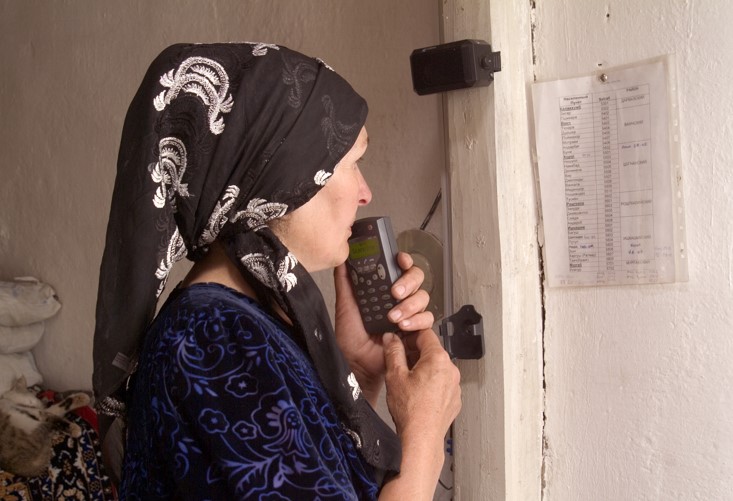
One of the projects I’ve been leading this last year is a women’s climate resilience project in Laos, Mongolia and Fiji focused on increasing women’s leadership in response to climate related disasters, ensuring gender inclusive government policies and laws in relation to climate change and disaster response mechanisms, and supporting women’s engagement in the green economy. There’s a lot of work to be done in ensuring government policies, and their implementation, reflect the different needs, experiences and contributions of women and men in relation to climate change and green jobs. For instance, in Laos, there is an opportunity to contribute components to value chains such as for manufacturing and energy that would give women access to more jobs. Especially as many companies like Lego have announced they will make the shift from plastic based to plant-based material in the next few years, meaning the creation of new supply chains to facilitate this shift.
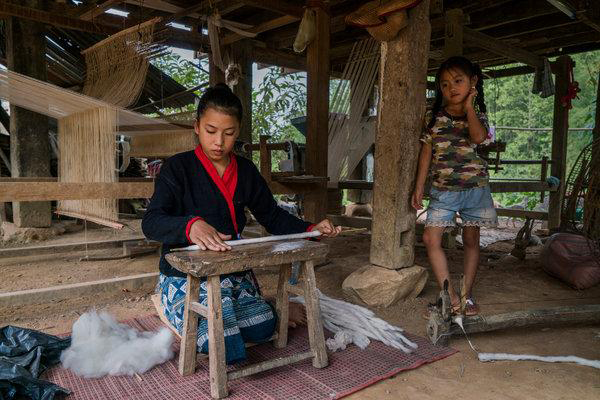
There are also opportunities for women in the textile industry due to demand for non-chemical materials as well as in eco-tourism and community-based tourism. Companies are also looking to mitigate risk due to natural disasters affecting large supply chain sites. One of the options companies are pursuing is the creation of smaller supply chain sites to reduce risk of shutting down production by being able to divert production to another smaller site. This provides new opportunities for some of the smaller Asian countries, and for women in those countries.
10 Gender Inclusive Climate Actions
- Investing in girls’ education is one of the most effective means to address the gendered impacts of climate change.
- Ensure climate mitigation and adaptation efforts address gender-specific impacts of climate change in the areas of food security, agriculture and fisheries; biodiversity; water; health; human rights; and peace and security.
- Technological developments related to climate change must consider women’s specific priorities, needs and roles, and make full use of their knowledge and expertise, including indigenous knowledge and traditional practices. Women’s involvement in the development of new technologies can ensure that they are user-friendly, affordable, effective and sustainable.
- Ensure gender analysis of all budget lines and financial instruments for climate change to enable gender-sensitive investments in programs for adaptation, mitigation, technology transfer and capacity building.
- Women must have equal access to training, credit and skills-development programs to ensure their full participation in climate change programs.
- Ensure climate financing mechanisms are flexible enough to reflect women’s priorities and needs.
- Governments must incorporate gender perspectives into their national policies, action plans and other measures on sustainable development and climate change, through carrying out systematic gender analysis; collecting and utilizing sex-disaggregated data; establishing gender-sensitive benchmarks and indicators; and developing practical tools to support increased attention to gender perspectives.
- Governments are encouraged to take an activist approach with quota systems for women’s participation at key forums and with pro-women green procurement policies given that over 90% of all procurement goes to male owned or managed businesses in Asia and the Pacific.
- Ensure women’s active and equitable participation in climate change initiatives. Women can make substantive contributions through their knowledge and experience on issues related to disaster response and post-disaster reconstruction, as well as in the management of essential natural resources, such as fresh water. This is essential given the escalating migration, displacement and dislocation of families and communities, where women are disproportionately impacted.
- Encourage governments and the private sector to create mechanisms that support women’s access to green technology, and the creation of enterprises such as Green Banks that provide low interest, long term loans to women/women’s groups to support purchases of solar panels, start-up green enterprises in green construction, waste management, and food production. The private sector can play a role in developing programs, policies and activities throughout their value chains that place women at the center of climate change solutions.
To support women’s engagement in the green economy we’re working to support girls to undertake STEM subjects at school and also be supported in Green STEM education so that young women learn skills in design of green cities, green construction and green waste management, and have access to mentors and sponsors who can socialize them with employers. At present, even where women are the majority of graduates in STEM fields, many of the jobs still go to men due to social norms, beliefs and attitudes about men’s ability in these fields. So, we’ve got some work to do.
Away from work, I’m happy to be floating on my boat in Sausalito. Being so close to the elements reminds me of what’s at stake if we don’t act on climate change. I love the ritual to my mornings, waking early and walking 7 minutes to catch the prettiest ferry ride in the world (you can see a slide show of my images below). Thirty minutes later, the ferry delivers me to the iconic Ferry building in San Francisco and then it’s just another 7-minute walk to my office in another iconic building. I feel so lucky. I took these photos just before Christmas as I waited for the ferry, and you can see how alive and joy-filled it is, both waiting for and riding on the ferry. Especially as on one ride, there were dolphins in the bay. Which I always associate with that tingly, tinkling feeling of magic afoot.
[Best_Wordpress_Gallery id=”2″ gal_title=”Letter from California”]
5 Responses
Jane, you share some important stories and reminders to us. Thank you for your work !
Thanks so much, Adrian! It’s great to hear from you and thanks for your own important work!!
Hi Jane,
I hope you are well. I found your blog enlightening in understanding the gender issues related to climate change. Thank you! I have been unaware of much of this, I am sorry to say. You mention the difference individuals can make even in choices relating to superannuation.. do you have any links or further info you can recommend in relation to this?
Thanks so much, Rhonda! Individually and collectively, we can play an important role in choosing to have our superannuation/pension in funds that take climate change seriously. My super fund, Australian Ethical, provides information on the way it is investing and tracking investments in response to climate change (https://www.australianethical.com.au/news/how-we-invest-for-climate-change/) and we can ask our funds if they are committed to gender inclusive responses to climate change in the investments they are making and the data they are capturing. Super funds have huge potential in directing funds (and thus power) in support of women led solutions to climate change, and to ensure that women are central to the shift to green supply chains, green jobs and green procurement opportunities.
Much appreciated Jane . Thank you